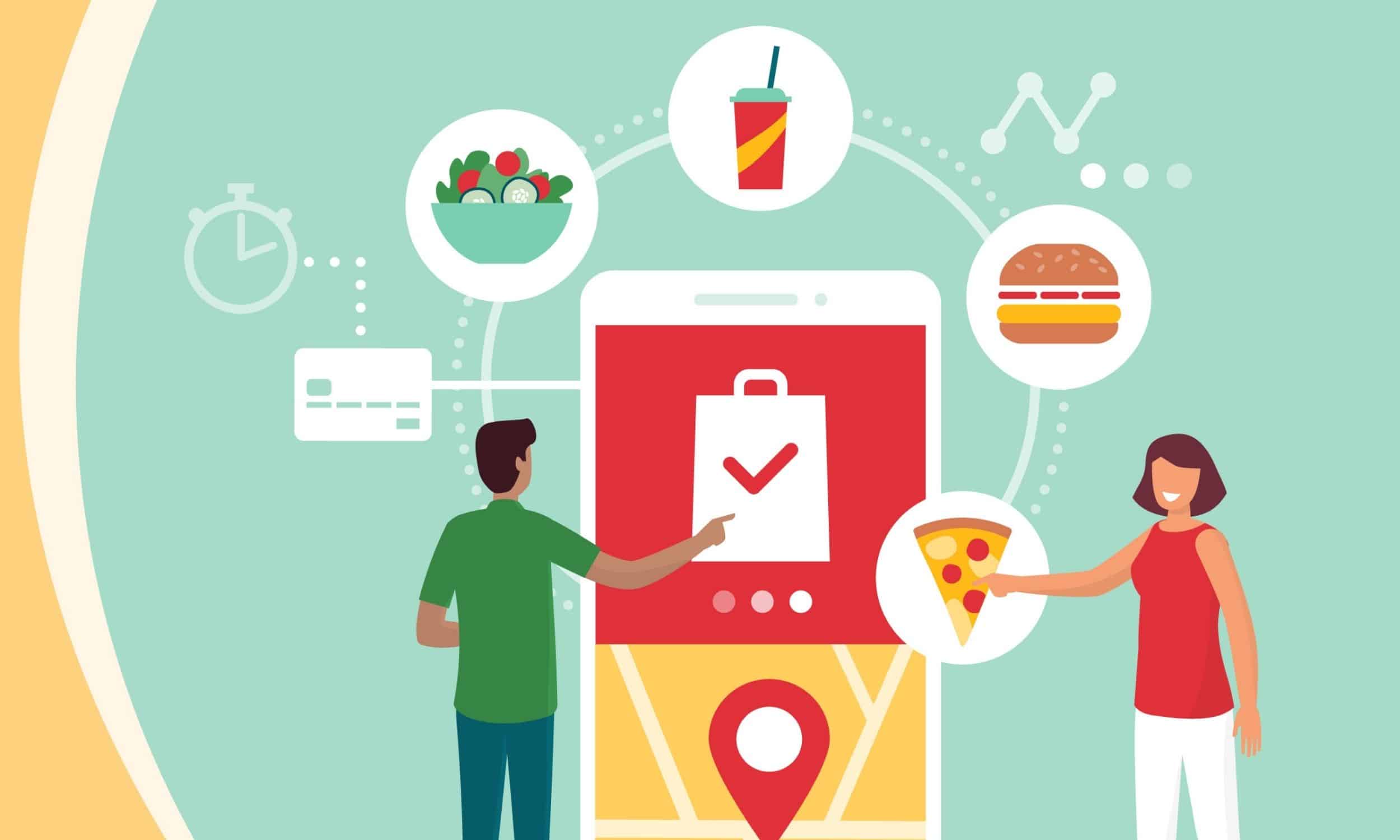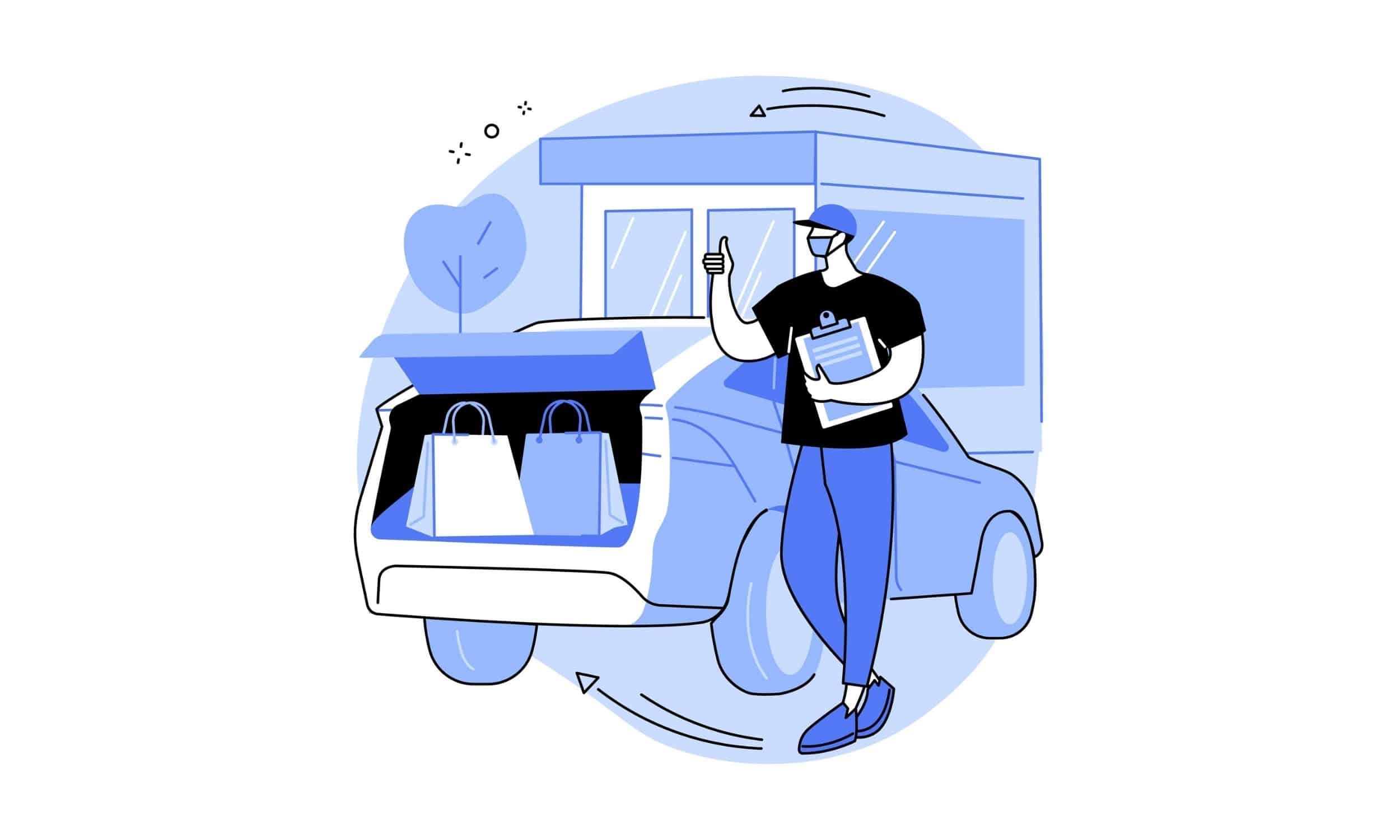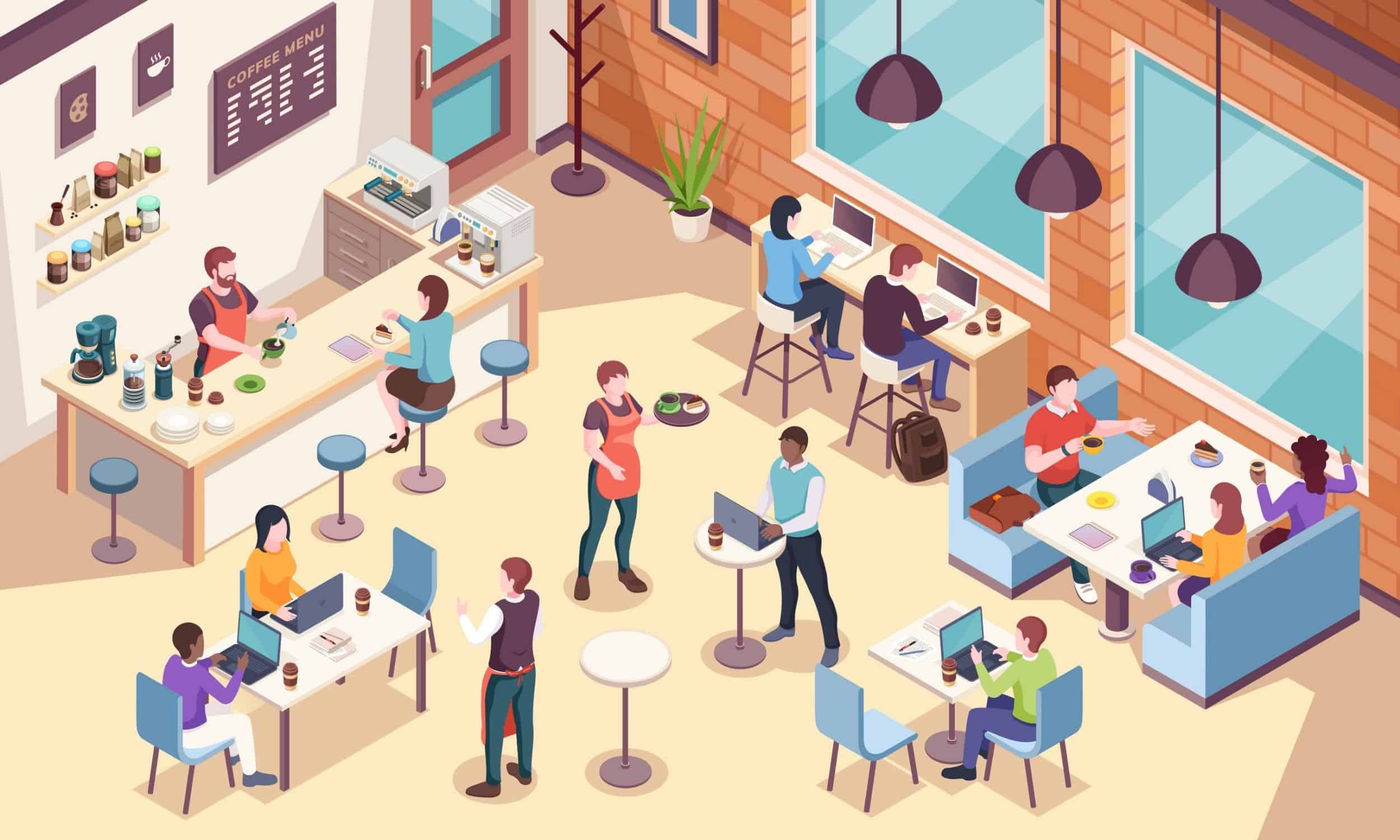Cultivating a high level of customer satisfaction in the restaurant industry is a priority because their experience can heavily influence customer acquisition efforts, specifically in the form of online reviews. If you can’t deliver a high level of customer satisfaction, chances are that a competitor will reap the benefits, and you’ll have a harder time attracting customers to fill tables.
Customer satisfaction in the restaurant industry is increasingly challenging because of new expectations for the experience thanks to third-party delivery platforms like Grubhub and non-traditional dining experiences like curbside pickup.
To understand the restaurant customer satisfaction, you’ll need to understand how behavior has shifted. In this guide, we’ll cover:
- How the rise of new technology shifted customer expectations
- Which consumer habits have changed
- How to remap the customer journey
- What you can do to optimize the in-house experience for the modern diner
Customer Satisfaction in the Restaurant Industry Trend 1: The Rise of New Technology in Food Orders
A major force in the push for technological advancements in dining is the rise in spending power, especially on the digital front due to the COVID-19 pandemic. Today’s restaurateurs are adapting their business to meet the challenges of the pandemic while also attracting younger audiences in two main ways: online ordering and automated kiosks.
Online Ordering Increases Customer Satisfaction
Easy access to a smartphone or laptop makes it even more likely for consumers to place an order online instead of calling the restaurant or making a face-to-face order. This digital revolution is more apparent than ever with DoorDash’s 2021 Restaurant Online Ordering Trends reporting that 43% of consumers prefer ordering online through a restaurant’s website or app.
However, having the online ordering feature is just the first step in satisfying consumers. The report also noted certain features, such as “a good ordering experience,” the ability to customize items in each order, and accurate delivery times are all top priorities when consumers want to order online. Only providing a barebones experience could actually do more harm than good in most cases, so it’s best to see what your customers expect in terms of ordering preferences.

Automated Kiosks Matches Millennial Preferences
Just like online ordering, automated kiosks make the ordering process easier and more convenient for consumers. Major franchises including Panera Bread, McDonald’s, and Shake Shack already have a few of these kiosks in multiple locations, and it’s becoming a popular trend.
Findings from the National Restaurant Association showed 60% of adults said that restaurant technology, which includes said kiosks, increases convenience. That number jumped to 70% in the 18-34 age respondent range. More importantly, the presence of these new innovations convinced 30% of adults and 40% of 18-34 year-olds to order food or dine out more often. In other words, staying on the cutting edge of new restaurant technology can do wonders for your customer acquisition efforts.
Customer Satisfaction in the Restaurant Industry Trend 2: A Change in Consumer Habits in Dining and Delivery
The shift to digital engagement also signified a change in the way people acquire meals from restaurants. Some customers still prefer to sit down and dine at a restaurant, but there are growing trends towards delivery services and curbside pickup.
Delivery Services
The idea of food delivery isn’t new, but the growth of companies moving into that industry has increased dramatically over the past few years. Groups like Grubhub, Eat24, Uber Eats, and DoorDash (in addition to traditional delivery services) make it easy for any consumer to get food from restaurants.
The pandemic has significantly increased the frequency of delivery orders with 56% of consumers using food delivery at least twice in the past month. In 2021, food delivery revenue is projected to reach at least $306 billion.
Adding these delivery options to any restaurant not only boosts customer acquisition, but it also makes it easy to create customer retention strategies. Instead of going out and finding a new restaurant, these consumers will be happy to place a delivery order from your restaurant from the comfort of their own home.

Curbside Pickup Drives Increase in Customer Loyalty
In contrast to delivery, curbside pickup involves customers driving to the restaurant, but it’s different than the traditional pickup system. Instead of customers getting out of the car to get their food, a staff member will walk out of the restaurant and hand deliver the food to them.
In mid-2020, data from Gallup noted that curbside pickup usage as a whole went up to 36%, and the National Restaurant Association’s 2021 State of the Restaurant Industry report revealed that curbside became a top priority for restaurants of various sizes. Since the beginning of the pandemic, a majority of the following restaurant types have added curbside pickup to their list of services:
- Family dining: 78%
- Casual dining: 73%
- Fine dining: 81%
- Quick service: 58%
- Fast casual: 77%
- Coffee and snack: 64%
At the time it was a necessity, but now it’s become mandatory to customer satisfaction. Adding curbside pickup to any restaurant only increases the level of convenience for customers when they order online or through their phone. Customers that like the pickup experience are happy to do it again, which means more revenue and loyal customers.
Customer Satisfaction in the Restaurant Industry Trend 3: Remapping the Customer Journey
In addition to these operational changes restaurants need to adapt to a new version of the customer journey. Thanks to digital channels, there are now multiple ways – such as curbside pickup and deliveries – to literally consume the food produced at most restaurants.
This means that there are now even more reasons for customers to display their displeasure of the food at the restaurant via reviews even if the fault might lie with the delivery system or other factors beyond your control.
This is where reputation management software comes into play. In addition to monitoring local listing management on sites like Google, Yelp, and Facebook, you’ll need to utilize software to efficiently track online reviews to make sure that customers are satisfied with the service.
You’ll also need to know how to respond to negative reviews on these sites. Doing so not only helps the restaurant save face and find new ways to improve the service but it also shows customers that you care about their feedback.

Customer Satisfaction in the Restaurant Industry Trend 4: Optimizing the In-House Experience
The multi-channel mentality towards customer satisfaction also means that the customers’ standards for your in-house dining experience are higher. Customers who come to your restaurant are now choosing to dine in instead of choosing one of the competing options (curbside pickup, delivery, kiosk, etc.), and they expect more.
This may sound intimidating at first, but you can easily incorporate a few changes to improve the customer experience in restaurants such as better engagement efforts between the staff and customers, which is something highly rated by customers when they visit a restaurant.
You can also emphasize a personalized experience for each customer. Being attentive to each customer’s needs not only impresses them, but it’s also enough to create a great experience, which convinces 43% of diners to leave a review after a positive experience at a restaurant, according to customer review data.
Speaking of reviews, An online reviews survey showed that 55.5 percent of customers view online reviews as influential when choosing a restaurant. By making diners happy with convenient digital engagements, you increase the chances of a customer leaving a positive review of your restaurant. You can further use customer experience analytics to get a closer look at reviews and see which operational changes are needed to further satisfy customers.
Final Thoughts
Placing customer satisfaction as the main priority leads to better experiences and happy diners. Getting to that point, however, requires some operational changes and monitoring the cutting edge of restaurant technology. When done effectively, you create happy and loyal customers who will gladly leave rave reviews that attract more diners and bring in more revenue.